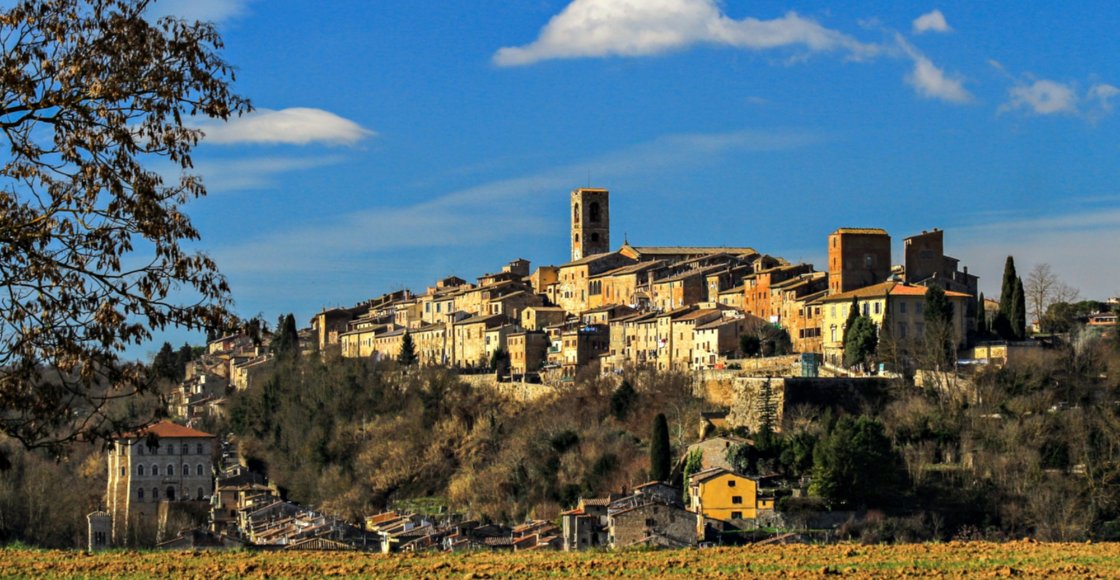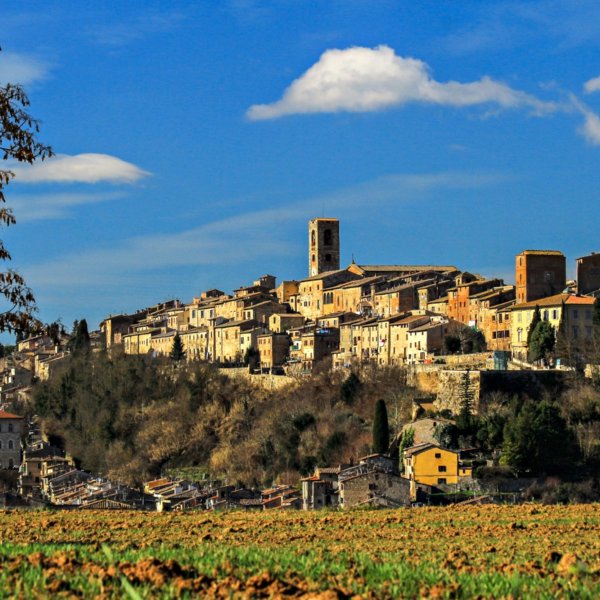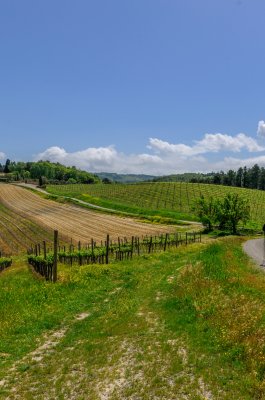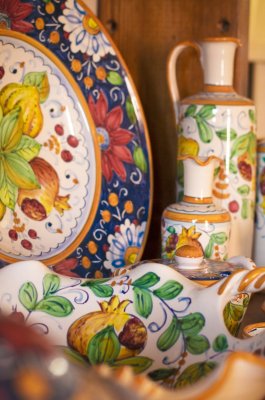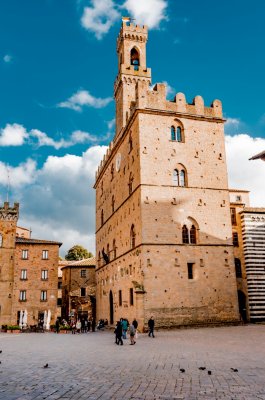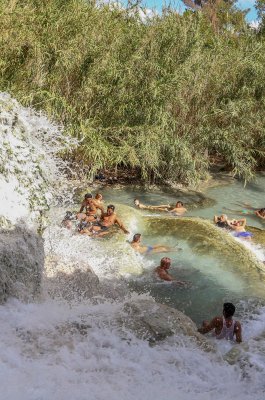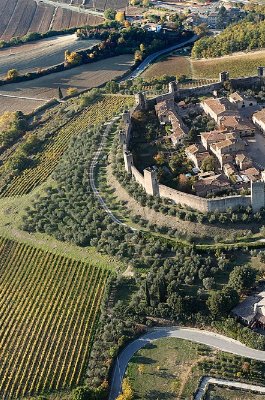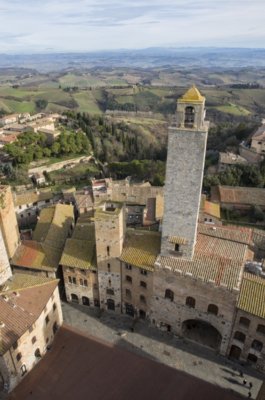One of the longest and most impressive stages of the Via Francigena, at some 18.6 miles (30 kilometers) among hills, with ups and downs and breathtaking rural landscapes. From San Gimignano, walk among Romanesque parish churches, castles, medieval villages and forests. The ancient Molino d’Aiano, to this day not pinpointed with precision, marks a historic stop by Sigeric. Pass through Colle Val d’Elsa, a charming medieval village, found about halfway through the stage, perfect for staying overnight and splitting the route. Here you will encounter the “Sentierelsa” River Park, Le Caldane and the Parish Church of Strove.
The path continues to the splendid complex of Abbadia a Isola, which once appeared as an island on a lake. Finally, among the woods, the towers of Monteriggioni can be glimpsed, standing firm in the landscape like Dante’s giants. Water and refreshments can be sourced only in the towns.













